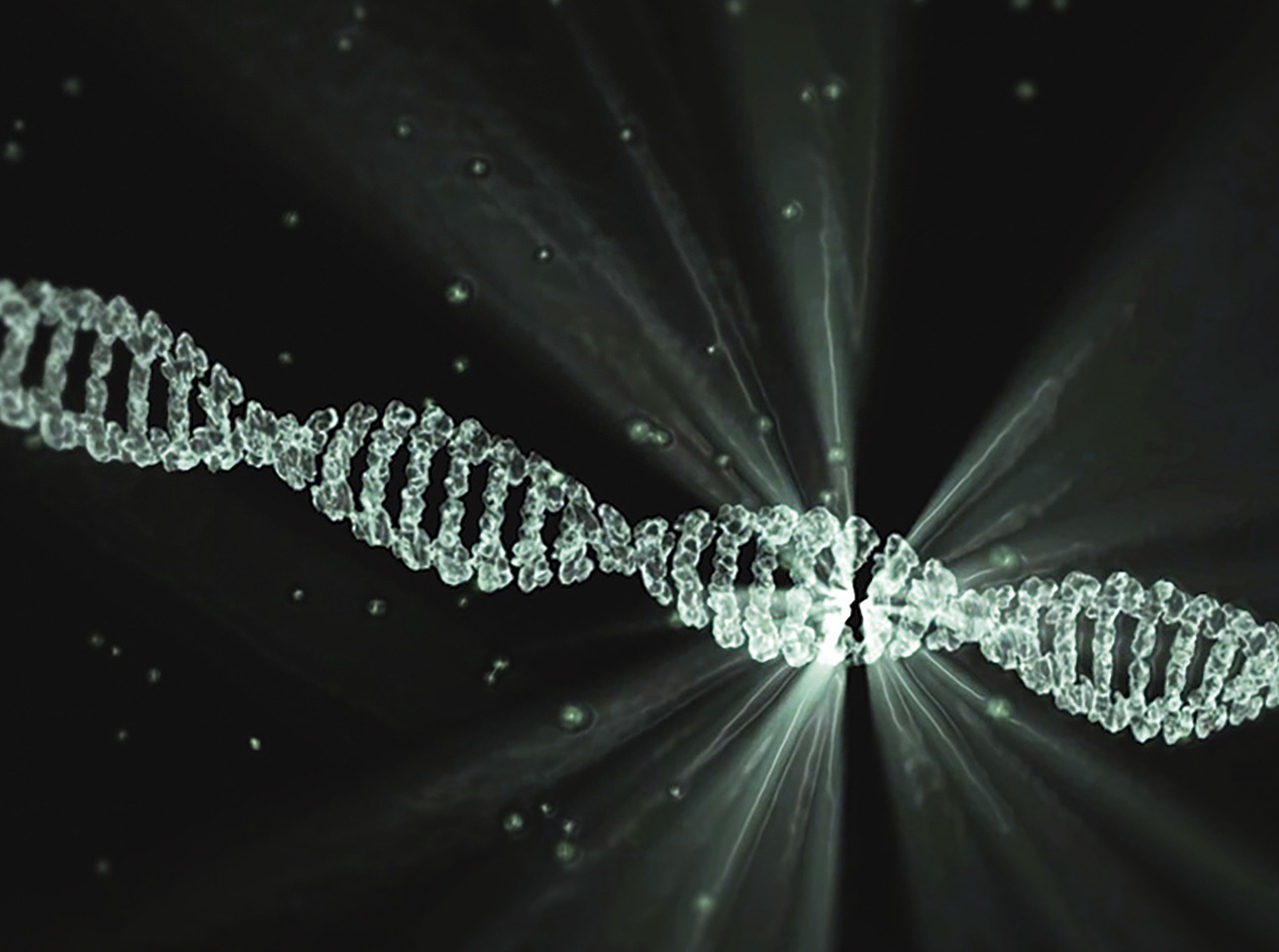/reboot/media/ebeb4c52-755c-11e8-bf84-fa163e14ea56/df7bbb44-90b6-11e8-917f-fa163e14ea56/0-0-adn-effet-de-la-lumiere-pulsee-effect-of-pulsed-light-sterilization.jpg)
Overview of Pulsed light sterilization technology
What is exactly the pulsed light for sterilization?
Pulsed light is one of the new and emerging technology gaining popularity. Non‑toxic and non thermal, disinfection is achieved by high‑intense light pulses of short durations. If pulsed light as disinfection system is not widely known, technology is known since the 1980's.
Principle :
Electrical energy is accumulated in a capacitor. A high voltage pulse initiates the arc between the 2 electrodes of the xenon flash lamp and ionized the gas inside the lamp. The lamp becomes conductive, and then, the capacitor discharges in the lamp, leading to a strong current and an intense flash with blue color. The blue color is due to the Xenon gas chosen because it is the heaviest noble gas and permitting to get the best UVC yield. Xenon gas is non toxic and chemically inactive. The lamp converts the electrical energy stored in the capacitor into light emission with a limited efficiency, approximately 50 % to 75%.

How calculate the energy of pulsed light sterilization system?
In the scientific publications, considering the number of flashes necessary to decontaminate a target, you can see anything and everything! Considering the pulsed light technology, a lot of calculation could be done about the lamps and electronic. The lamp parameters and electronic will have significant consequences on the disinfection level.
First, to estimate the power of a pulsed light system we need to understand the energy stored in the capacitor:
E = 1/2.C.V²
With E the energy of the capacitor in Joules, C the capacitor value in Farad, V the capacitor charging voltage in Volt. Amongst this energy, only 50 to 75 % will be convert in light emission. The rest is converted in calorific energy
Peak power is obtained by the general formula :
P = ∆E / ∆t
where ∆t is the light pulse duration. The exact value of ∆t is obviously calculable but equation requests information considering your lamp (pressure, length of the plasma and diameter). If information needed, please contact us.

The advantage of pulsed light technology is the possibility to reach an energy of hundreds of joules in a few hundred of µsecond. Consequently, a huge flash power is obtained for a ridiculous electrical consumption.
The lethal effect of the light
Due to the xenon gas density, the emitted light presents a continuous spectrum from 180 to 1100 nm. According to experience, the whole spectra is composed of approximately 20 % of UV (190 to 400 nm), 50% of visible and 30% of NIR. The UV light is the principal actor of the germicidal effect.
There’s a tendency to think UVC light is the principle part of the spectra of the decontamination but that is not necessarily true. For example, Bacillus germs in general will be very UVC sensitive whereas molds as Aspergillus brasiliensis, will be sensitive to a larger UV (and even Visible) range.

UV rays absorbed by DNA are responsible of the DNA double strand breaks and causes abnormal single‑strand bonds. Among different type of damages, it is the most destructive and prevents DNA replication. Also the high peak power of the light pulse gives rise to a strong increase of cell temperature and increases the lethal effect.
Conclusion
Pulsed light sterilization shows several advantages considering the technology: a large spectra allowing an efficiency on different germs, a combination of a high flash intensity and an important UV dose, a non‑toxic vapor lamp, a chemical‑free solution.
References
A dynamic model of a high temperature arc lamp, B. Halliop, F.P. Dawson, IEEE Senior Member, and M.C. Pugh, IEEE Transactions on Industry Applications ( Volume 46, Issue 6, Nov.‑Dec. 2010 )
Flash lamp Impedance parameter, University of technology Laser and optoelectronics Engineering Department, Laser Engineering Branch
High performance flash and arc lamps, Perkin Elmer, 01/07/2013
:strip_exif()/reboot/media/ebeb4c52-755c-11e8-bf84-fa163e14ea56/ebebceca-755c-11e8-955b-fa163e14ea56/2-2-logo-sterixene-pulsed-light-uv-led-decontamination-par-lumiere-pulsee-desinfection-sterilisation.png)
:strip_exif()/reboot/media/ebeb4c52-755c-11e8-bf84-fa163e14ea56/ebebceca-755c-11e8-955b-fa163e14ea56/2-2-logo-sterixene-pulsed-light-uv-led-decontamination-par-lumiere-pulsee-desinfection-sterilisation.png)
:recolor():strip_exif()/reboot/media/ebeb4c52-755c-11e8-bf84-fa163e14ea56/95b65cf0-1056-11ea-854f-0242ac130006/0-0-machine-lumiere-pulsee.jpg)
:recolor():strip_exif()/reboot/media/ebeb4c52-755c-11e8-bf84-fa163e14ea56/98b6f0f0-3d28-11ea-8520-0242ac130005/0-0-interieur-machine-3.jpg)
:recolor():strip_exif()/reboot/media/ebeb4c52-755c-11e8-bf84-fa163e14ea56/6c42fb90-1802-11ea-ab0d-0242ac130003/0-0-bioindicateur.jpg)